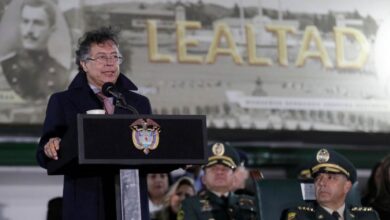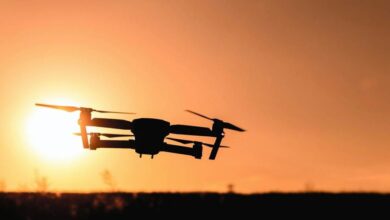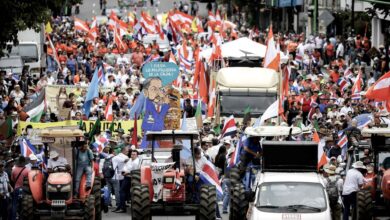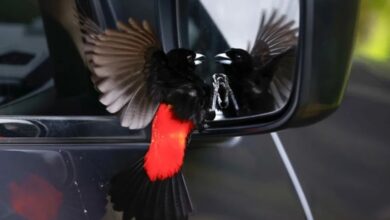Drones, Dairy, and a Denomination: How Turrialba Is Digitizing Costa Rica’s Countryside
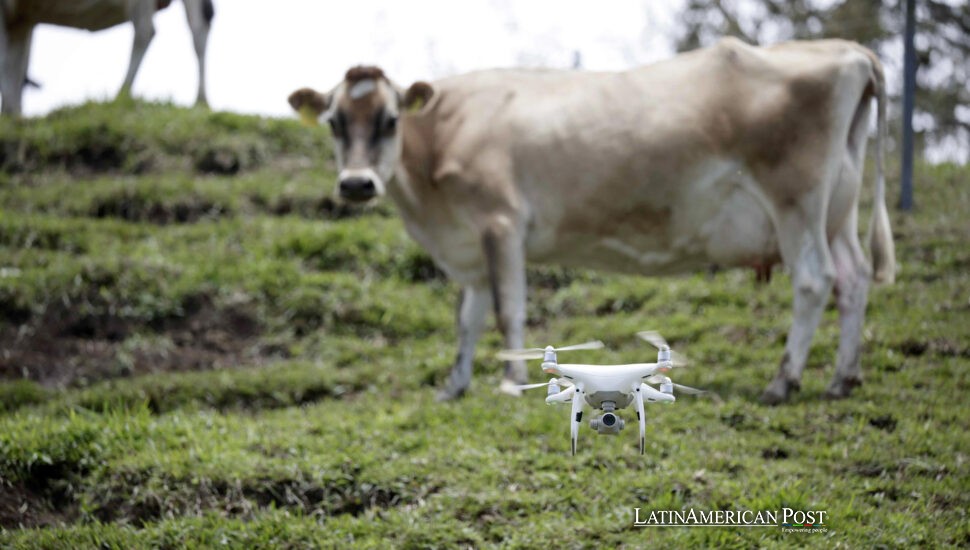
On a small dairy outside Turrialba, pasture isn’t guessed anymore—it’s measured from the air. As Costa Rica chases productivity without losing its soul, a humble cheese and a handful of pixels reveal how rural innovation can narrow agriculture’s digital divide.
From Eyeballing to Evidence in the Paddock
It starts at dawn with a buzzing shadow. Matías Porras, a smallholder in Santa Cruz de Turrialba, launches a drone and waits for data to replace intuition. “At first, we worked in a very conventional way—by eye. You didn’t measure,” he told EFE. “Then the drones changed everything because we can measure. Now I know the pasture height and how I must manage feed.“
That shift—from gut feel to quantified decision-making—isn’t a luxury; it’s survival for farmers squeezed by rising inputs and volatile milk prices. With aerial maps, Porras subdivides fields for rotational grazing, moves cattle before regrowth is damaged, and targets fertilizer where it’s needed instead of broadcasting it unthinkingly. The payoff is simple and profound: more milk per hectare, less waste per liter, and a farmer who finally knows the numbers behind his work.
This is what technology looks like when it meets small-scale agriculture: outcomes, not gadgets. The drone isn’t a trophy; it’s a tool that makes grazing precise, spots stress patches before they become shortages, and outlines woodland buffers that should be preserved. The technology is most powerful when it’s mundane—when it quietly nudges daily choices toward better stewardship and sturdier margins.
A Cheese with a Surname—and a Strategy
In Turrialba, data flows from pasture to plate through a single organizing principle: a cheese with a Denomination of Origin. The “De Turrialba a la Mesa” program—supported by the Inter-American Institute for Cooperation on Agriculture (IICA)—ties digital tools to an analog ambition: fortifying the Denominación de Origen Turrialba so tradition becomes bargaining power. The cheese’s identity is rooted in the volcano’s slopes, in 150 years of technique, and in a microclimate that leaves its signature in every brined round. Protecting that value demands rules and records: traceable feed, documented rotations, consistent milk quality.
“The project has allowed us to quantify the area of each paddock, redesign them, and identify woodland and specific crops so we can offer technical recommendations to adjust day-to-day management,” explained José Luis Zúñiga, the program’s technical coordinator, in an interview with EFE. It sounds bureaucratic. It isn’t. It’s the spine of a premium that can keep family farms alive. When a Denomination of Origin works, it converts geography and culture into market leverage. Drones and digital field books make compliance lighter and the story verifiable. If Costa Rica wants its appellations to thrive, it should treat digital agronomy as part of the terroir.
Access Beats Ownership for the Countryside
There’s a tempting fantasy: every farmer with a personal drone fleet, shiny software licenses, and a workstation that looks like a startup. Reality is wiser—and cheaper. “Adoption is still ‘incipient’ across the Americas,” IICA digitization coordinator Federico Bert told EFE. His emphasis is pragmatic: farmers buying services, not hardware. For a small dairy, renting a scanner and a pasture analysis is a more cost-effective option than owning a buzzing museum piece.
A service-first model also equalizes opportunity. A co-op can book flights for members; a municipality can time scans with forage growth; a PDO council can fold digital mapping into audits. Crucially, it keeps the farmer’s attention on management decisions, not on firmware tantrums. And suppose public policy is going to put a thumb on the scale. In that case, it should do so here: co-finance shared service hubs, underwrite training for local drone operators, and require that raw mapping data be returned to producers in open formats. Tech should reduce dependency, not deepen it. In volatile markets, data sovereignty isn’t a luxury for exporters; it’s a safety rail for smallholders.
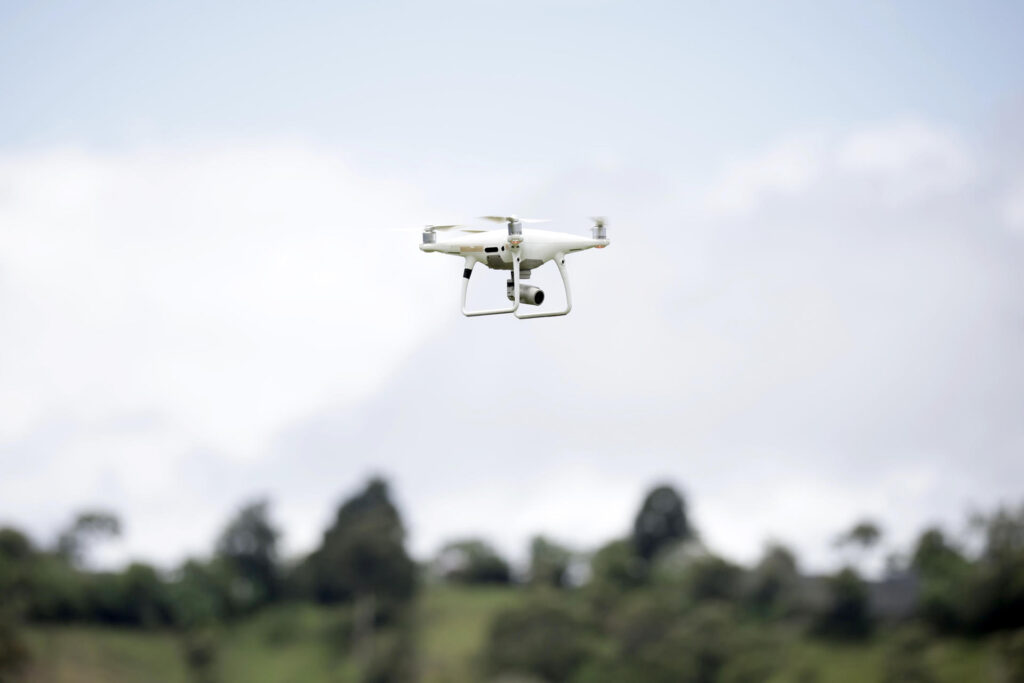
A Rural Playbook Costa Rica Should Write Now
Costa Rica has all the pieces to turn Turrialba’s experiment into a national template: a culture of conservation, strong rural organizations, and a global reputation for quality. What’s missing is the connector tissue—a playbook that matches pixels to policy.
First, make inclusion non-negotiable. Offer digital vouchers so smallholders can procure drone services and pasture analytics, and link those vouchers to climate-smart practices—rotational grazing, riparian buffers, nutrient management plans—that deliver measurable environmental gains.
Second, pair adoption with analog infrastructure. Data can’t fix a broken fence, a missing cooling tank, or a rutted road. Use the same program window to co-finance milk chillers, water points, shade structures, and simple sheds that protect animal welfare in hotter, drier spells. The drone shows where to act; a spade and a grant get it done.
Third, protect the story. Denominations like Turrialba are only as strong as their guardians. Empower the PDO council to integrate satellite and drone evidence into audits, fund lab capacity to track milk composition over seasons, and tie marketing budgets to verified improvements in farm practices. If we charge a premium, we should earn it every season.
Finally, be honest about risk. Adoption fails when technology becomes a mandate rather than a means. Not every farm needs monthly flights; not every hillside should be subdivided by algorithms. Open the door, lower the cost, train the neighbors, and get out of the way. When the value is real, word of mouth will outrun glossy brochures.
Porras’s routine—measure, rotate, document, adjust—proves the digital divide in agriculture isn’t an abyss; it’s a string of small bridges built with modest investment and patient extension work. “With drones, we can know how much pasture the animal is eating, balance diets, and determine supplement needs to reach optimal nutrient levels for milk production,” Zúñiga told EFE. Translated from technicalese, that means fewer surprises in the milking parlor and more resilience when feed prices spike.
Also Read: Cuba’s Atlantis? Why the Lost City Legend Still Waits for Proof
Bert’s caution is worth repeating: these are early days. But early is when rules are set and benefits assigned. Costa Rica can decide that digital agronomy isn’t the preserve of agro-parks; it’s a public good that keeps families on the land and landscapes intact. In Turrialba, the outcome tastes like a tender, brined cheese with a name. Across the country, it could taste like dignity—farmers who no longer have to guess, consumers who can trust the label, and a countryside that modernizes without losing its cadence.
The drone is the visible symbol. The real innovation is the choice to put it in the service of people and place.

